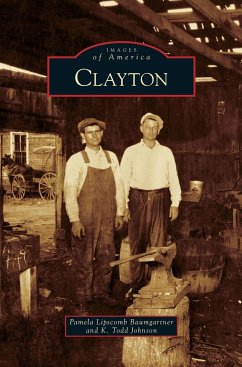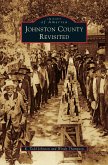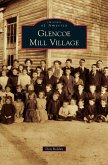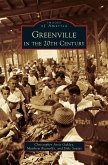Chartered in 1869, Clayton traces its roots to Hinton's Quarter, Johnston Liberty Meeting House, Roxboro, Gulley's Store, and Stallings Station, and owes its existence to the North Carolina Railroad, completed in 1856. By 1890, several citizens amassed fortunes in cotton, lumber, merchandising, and textile manufacturing, and the town was recognized as the nation's wealthiest municipality of its size. Nationally and internationally known natives, including Dartmouth professor Herman H. Horne, historian and diplomat William E. Dodd, Baptist stalwart John E. White, architect Douglas Ellington, and pioneer aviator Eric Ellington, gave the town additional notoriety in the early 20th century. This glimpse into Clayton from the 1850s to 1946 introduces those who transformed a rural hamlet into America's "richest little town." When economic depression wiped out fortunes in the 1920s and 1930s, the town's greatest assets--strong families, churches, schools, and community spirit--remained intact.








